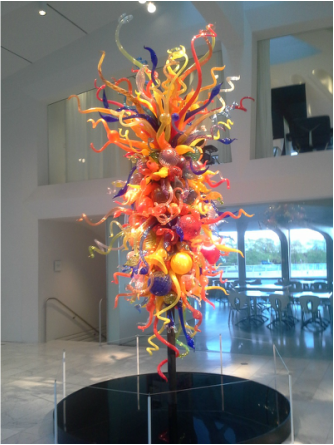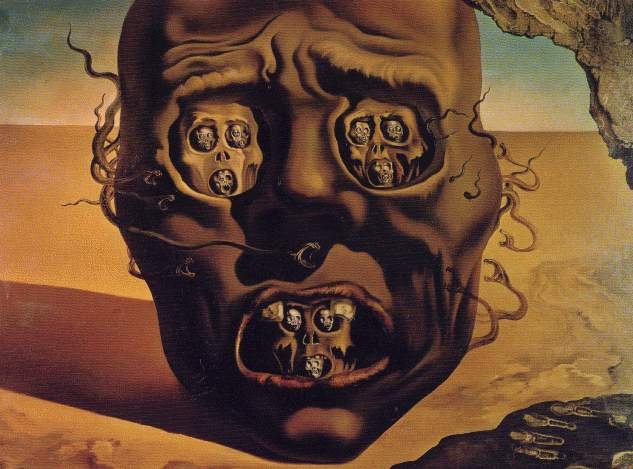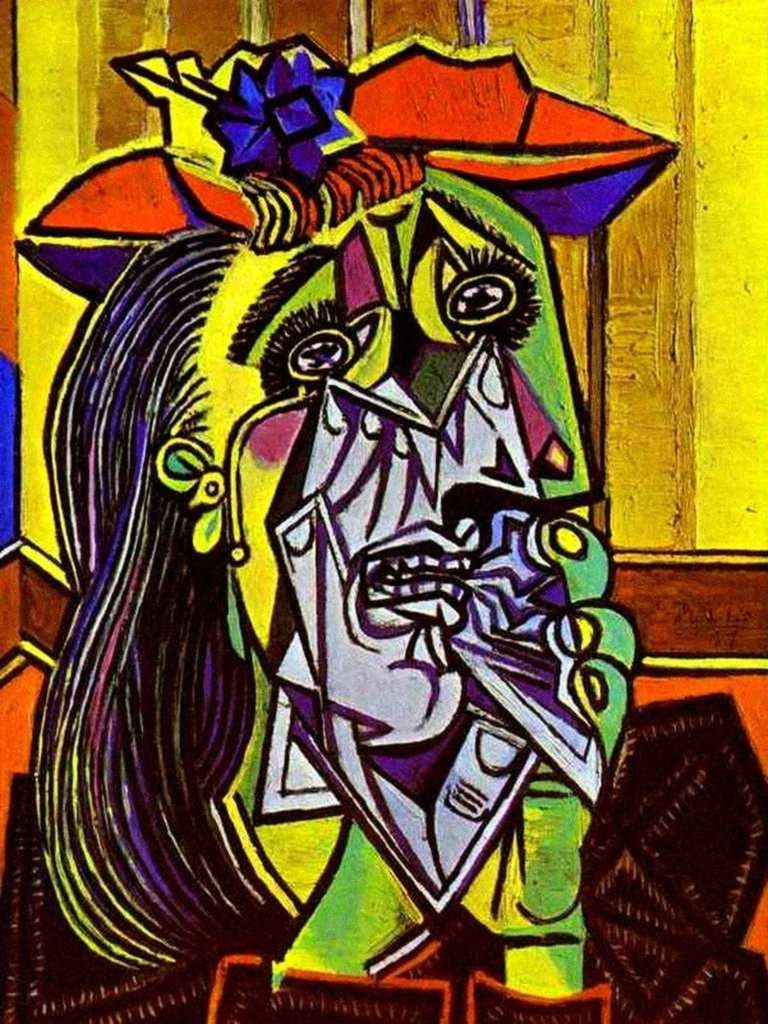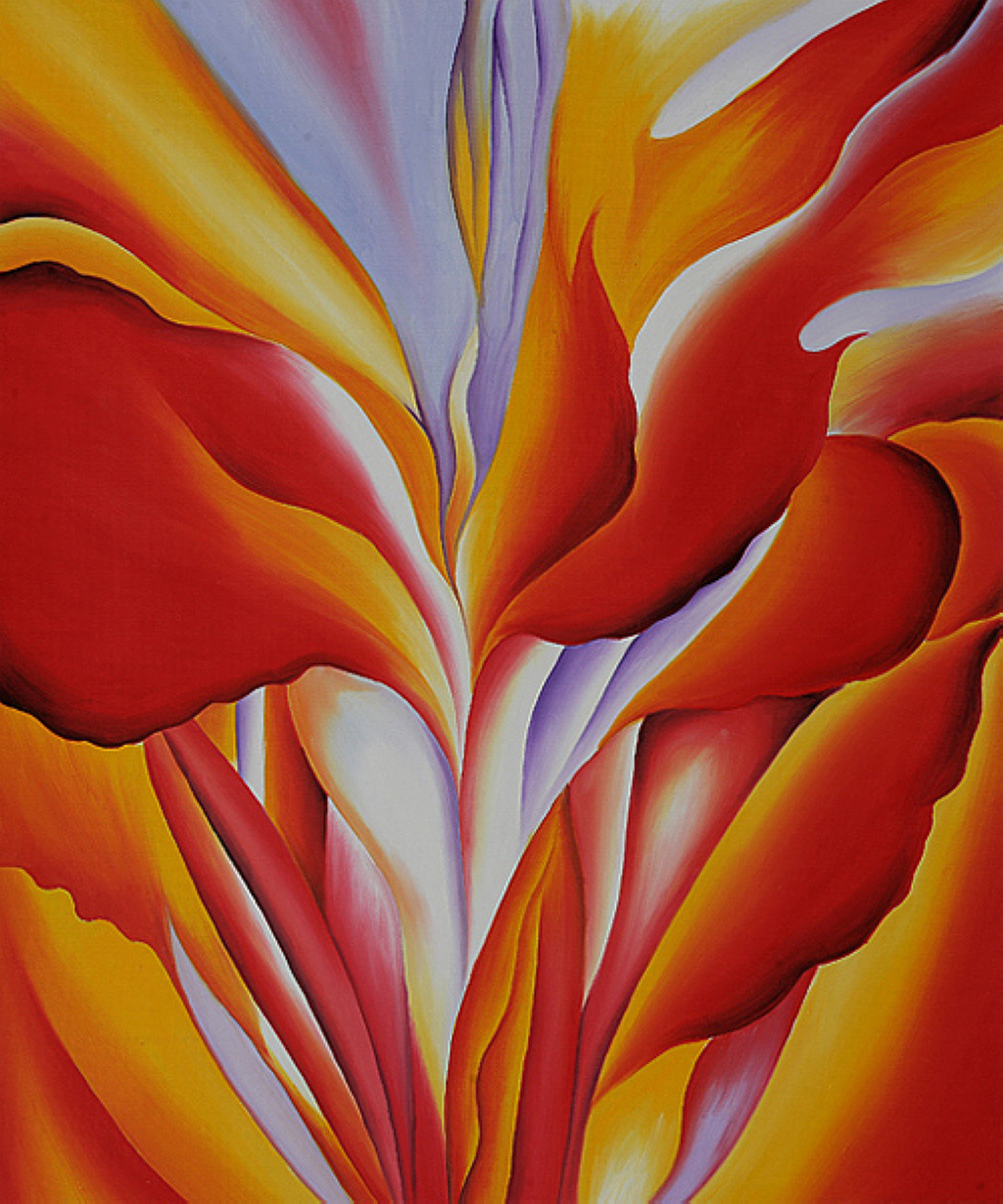In high school I studied Chihuly a bit and was exposed to his work, and I have actually seen this piece photographed online before, and I think Chihuly's work is phenomenal and it is very inspiring to many artists.Seeing his work in person is a completely different experience. The image above is actually an image I took from when I visited the Milwaukee Art Museum and was able to look at Chihuly's work. His works (this one in particular) are huge, and when viewing them, his work has such a significant impact on viewers. The sculpture itself it very whimsical and full of life. Many or all of the individual shapes in this sculptural piece spiral or are rounded. When I think of this, I think of life and how it is never ending and how we are constantly evolving as a society. The spirals are never ending, just like the spherical shapes. The colors represent all different aspects of life. Some aspects of our lives are darker, and some are lighter and happier. We are consistently working to better ourselves (individually and as a whole), and I feel that this piece represents just that. Even more significantly, the spiral-like shapes point in all directions, which could also symbolize the idea that life pulls us in many different directions, and we never know what is coming next. We can try and plan our lives months and months ahead, but it can all change at the blink of an eye. This piece does a great job at creating strong connections with its viewers, and I am very admirable of this piece.
Image derived from: Chihuly, Dale. Isola di San Giacomo in Palude Chandelier II. 1941. Scuplture. Milwaukee Art Museum, Milwaukee. Web. 6 Oct 2013. <http://collection.mam.org/details.php?id=11181>.
Dali has always been a huge inspiration to me, because his works are conceptually and visually complex. I am drawn to this piece in particular for the darker concept being conveyed. It reminds me of the "See no evil, hear no evil, speak no evil", except it is the exact opposite. The mysteriousness behind this piece is fascinating. It also reminds me of being in a bad dream and waking up from it and still having it pounded into your head and being frightened from it. I love this piece because it is one of Dali's less complex pieces, and the piece is conceptually easier to understand. I love how Dali used a variation of the same hue to create a darker feel to the piece (there is a hug variation of browns used). I also really like how this piece conveys the concept in a very non-traditional way. In other words, there is not simply a human face with a scared expression. There is an obvious face that is detached from the body, which makes me think of the idea of one's brain being wrapped up in something (a bad dream/omen). The head is placed in the middle of a desert-like environment, which also makes me think of an abyss of nothingness or the mind, because the mind is kind of similar to a blank canvas that we fill with ideas and thoughts, but in this piece there is obviously no control over these thoughts. The distortion of the face is also significant, because it also conveys the idea of fear. The face looks like all of the color has been drained from it, like when you see something and you begin to feel fear and all of the blood drains from your face. This piece is significant, because we all feel fear, whether it is physically/visually or mentally/visually.
Image derived from: Dali, Salvador. The Face of War. 1941. Painting. Salvador DaliWeb. 3 Oct 2013. <http://www.edali.org/the-face-of-war.jsp>.
I really like Picasso's work for its originality and abstract approach. This piece is conceptually intriguing because there is a conveyance of emotion as well as the clash between how someone portrays themselves vs. how an individual is really feeling. In this piece, the subject/woman appears to be emotional in a sense, which is somewhat visible from the exterior, but from the interior view that Picasso presents from the idea of the flesh being ripped away or it appears to be x-ray like. The choices of hues also conveys this idea. For example, the flesh of the subject is yellow and green. When we think of a green hue on the face of a subject, we think of sickness or being sick. The blue on the interior or where the flesh seems to be gone conveys sadness, because when we think of blue hues in accordance with emotions, we think of sadness or being calm. The subject is holding an object in her hand, which from my perspective, is a handkerchief (this makes sense with the title and the clash of interior vs. exterior). The edges of the subject's figure are also sharp, and outlined, giving the piece a sharp/edgier feel. This piece is significant, because I feel many people can relate to this. We all have points where we feel low or we are upset by something, and the piece does a great job at conveying emotion. It isn't necessarily about the subject itself, but rather about the emotion and experience that is being conveyed through the subject in the piece.
Image derived from: Picasso, Pablo. The Weeping Woman. 1937. Oil Painting. Amazing Kids MagazineWeb. 2 Oct 2013. <http://mag.amazing-kids.org/ak_columns/amazing-kids-adventures/amazing-kids-adventures-picasso-at-the-seattle-art-museum/>.
I really love and have learned to appreciate O'Keeffe's pieces for their beauty and emphasis on finding beauty in nature or finding beauty in simple things in life (a flower is simple, yet we do not always notice flowers even though they surround us every single day). After reading through a few websites and viewing her work and her statement and understanding what her work is about, I came across a quote from Georgia O'Keeffe herself that I think it pretty relevant regarding why I admire her work. As she talked about her work, O'Keeffe said "I decided that if I could paint that flower in a huge scale, you could not ignore its beauty." -Georgia O'Keeffe The quote itself is not only very powerful. but it correlates with the idea of people not paying attention to the small and beautiful things in life that we encounter daily, yet we do not notice. I admire the conceptual aspect of her work, which is, the idea that O'Keeffe MAKES people notice and appreciate the beauty of nature/smaller things in life by creating these large-scale paintings that cannot possibly go unnoticed. I also admire her work for her color choices she uses, as well as her technique (blending). Through the blending, the piece conveys a more "at-ease" or relaxed mood. There are no harsh lines that make the piece feel like it is popping out at you or screaming for attention. There is no harsh or negative emotion being conveyed through the technique, which is another aspect that I admire. Many modern artists lean towards bright, eccentric color usage combined with harsh contrast as well as more non-traditional techniques. I admire O'Keeffe's work, because she strayed away from the emerging modernistic and non-traditional techniques in her own way (she was around during the era of Warhol, Chuck Close, Oldenburg, etc.) I also really admire her choices of color usage (especially in this piece), because they are hues that work together. Although the lilac is not a warm hue like the red, orange and yellow, it works with those colors because lilac is a calming color, and although a red hue is used in this piece, it conveys more of a loving and calm mood, rather than anger, which I think is great.
Image derived from: O'Keeffe, Georgia. Red Canna. 1924. Painting. Georgia O'KeeffeWeb. 1 Oct 2013. <http://www.georgiaokeeffe.net/red-canna.jsp>.
Quote derived from: Adkins, Ariel. "Georgia O'Keeffe." Artfully Awear. Blogger, 12 07 2012. Web. 1 Oct. 2013. <http://www.artfullyawear.com/2012/07/georgia-okeeffe.html>.
|




 RSS Feed
RSS Feed